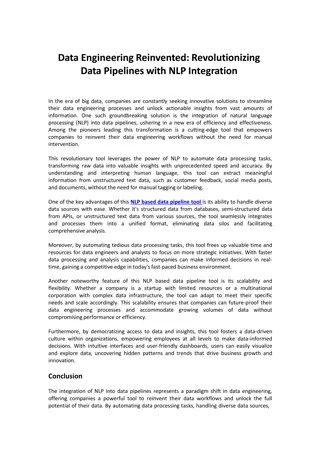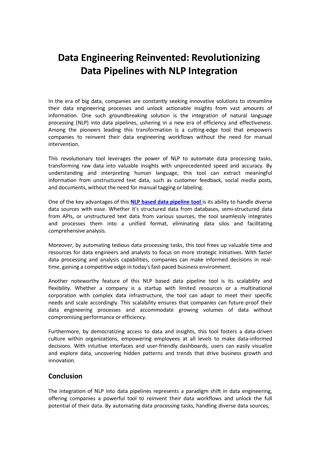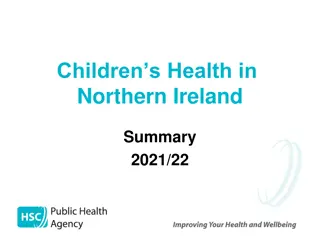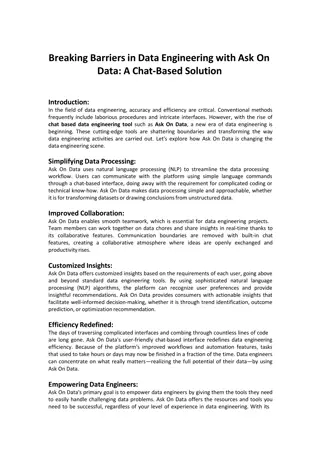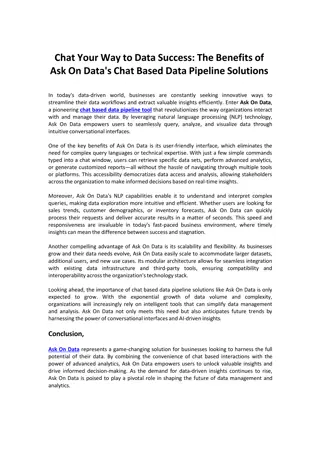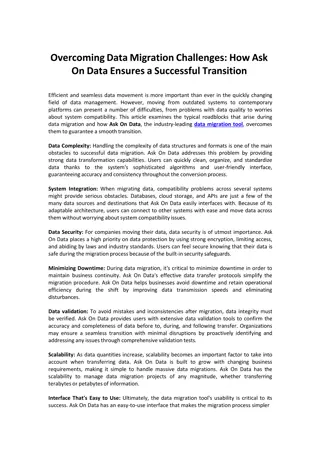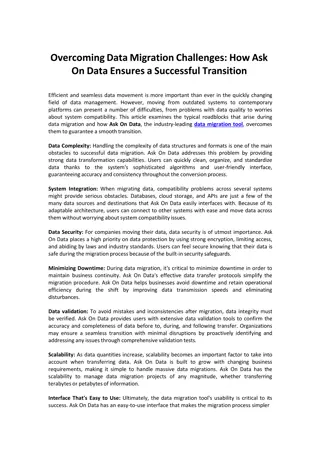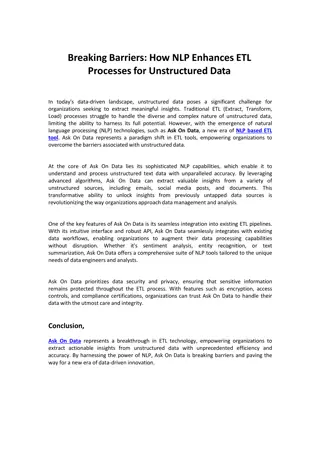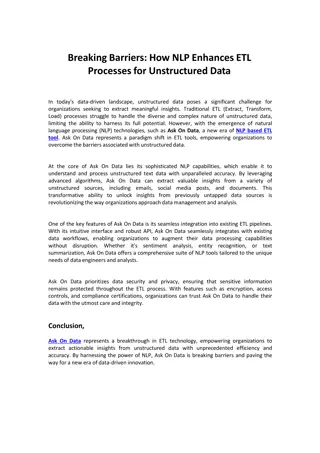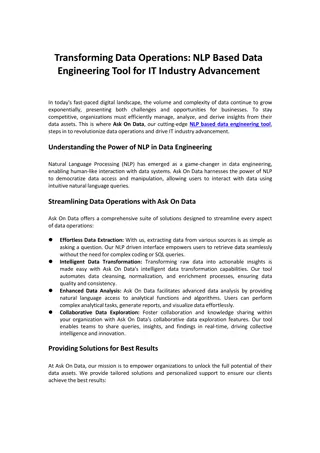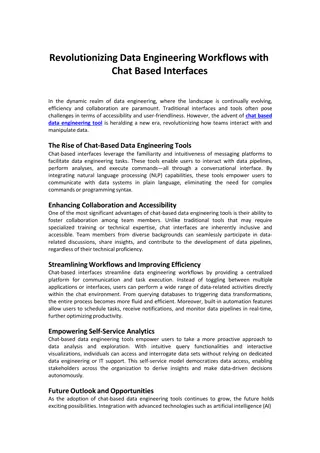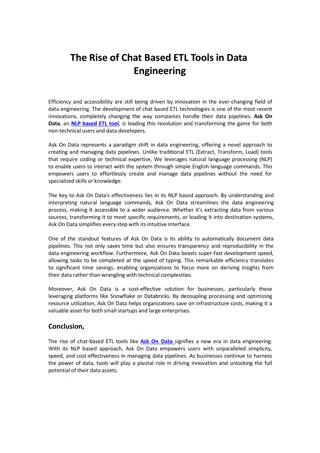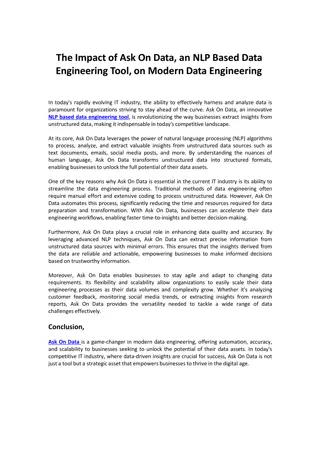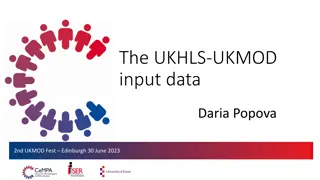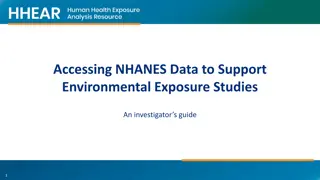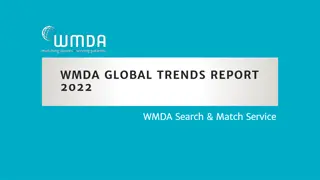Understanding the Measurement Trends and Data Gaps in Low Birthweight Worldwide
Explore the challenges and progress in measuring, understanding, and addressing low birthweight (LBW) in newborns globally. The data reveals significant gaps in LBW data collection and highlights the need for focused efforts to reduce LBW rates and improve newborn health outcomes.
Understanding the Measurement Trends and Data Gaps in Low Birthweight Worldwide
PowerPoint presentation about 'Understanding the Measurement Trends and Data Gaps in Low Birthweight Worldwide'. This presentation describes the topic on Explore the challenges and progress in measuring, understanding, and addressing low birthweight (LBW) in newborns globally. The data reveals significant gaps in LBW data collection and highlights the need for focused efforts to reduce LBW rates and improve newborn health outcomes.. Download this presentation absolutely free.
Presentation Transcript
Measurement Past, Present, and Future for Small Vulnerable Newborns, Born Too Soon and Too Small Eric Ohuma, BSc MSc DPhil CStat Associate Professor London School of Hygiene & Tropical Medicine @Ohumaeric #VulnerableNewborns #EveryNewborn #EndStillbirths #imnhc2023
Huge Teams involved >250 national and study team collaborators with thanks to all women and families included in these datasets which include >165 million livebirths WHO and UNICEF preterm and LBW estimates groups, regional and country offices, members of the Expert Consultative Group Word cloud of co-authors names LSHTM and JHU teams who facilitated these collaborations CIFF for funding
SUSTAINABLE DEVELOPMENT GOALS AT HALF TIME >8 million deaths of children per year 4.0 Million Child Deaths (1 month 20 years) 2.3 Million Neonatal Deaths 1.9 Million Stillbirths STUNTING and LIFECOURSE effects are a driver of child mortality, thriving, human capital > 50% related to birth Majority are LBW and/or preterm
Data Gaps and Multiple Data Sources: LBW Survey data only No data available
WHERE WE ARE: Low birthweight Data (2000-2020) 113 countries (58%) routine national data 95 countries survey data Current Estimates Numbers: 19.8M were born LBW in 2020 (14.7%) Variation: National LBW birth rates vary from under 5% to >20% Trends: No change in global LBW birth rate in the last two decades References: Lancet SVN, 2023 - Ashorn et al; UNICEF WHO estimates
WHERE WE ARE: Low birthweight Sub-Saharan Africa 2000: 15.7% (4.23 million) 2010: 14.7% (4.90 million) 2020: 13.9% (5.38 million) In Kenya 2000: 11.7% (144,343) 2010: 10.9% (159,913) 2015: 10.6% (153,403) 2020: 10.0% (145,174) References: Lancet SVN, 2023 - Ashorn et al; UNICEF WHO estimates
DATA: MISSED OPPORTUNITIES FOR LBW 195 countries and territories: 113 have national LBW data BIRTHWEIGHT References: Lancet SVN, 2023 - Lawn, Ohuma et al
Data Gaps and Multiple Data Sources: Preterm Data from subnational studies and rated lowest quality category No data available References: Lancet SVN, 2023 - Lawn, Ohuma et al; UNICEF WHO estimates
WHERE WE ARE: Preterm Data (2010-2020) 64 countries and territories (33%) have routine national preterm data 40 countries and territories have study data Current Estimates Numbers: 13.4M were born preterm in 2020 (9.9%) - 1 in 10 newborns were BORN TOO SOON Variation: National preterm birth rates vary from under 5% to >15% Trends: No change in preterm birth rates for any region in the last decade References: Lancet SVN, 2023 - Lawn, Ohuma et al; UNICEF WHO estimates
WHERE WE ARE: Preterm Sub-Saharan Africa 2010: 10.1% (3.35 million) 2020: 10.1% (3.91 million) In Kenya 2010: 8.8% (128,780) 2020: 8.8% (127,500) References: Lancet SVN, 2023 - Lawn, Ohuma et al; UNICEF WHO estimates
DATA: MISSED OPPORTUNITIES FOR PRETERM 195 countries and territories: 64 have national preterm data GESTATIONAL AGE References: Lancet SVN, 2023 - Lawn, Ohuma et al
WHERE WE ARE: Small for Gestational Age (SGA) Data (2020) Only 8 countries and territories (0.04%) have national SGA data Current Estimates Numbers: 23.4M were born SGA in 2020 (17.4%) - 1 in 5 newborns were BORN TOO SMALL Variation: Nearly two thirds (63%) of the world s SGA newborns were born in Southern Asia Trend: No trend data/estimates References: Lancet SVN, 2023 - Lawn, Ohuma et al
DATA: MISSED OPPORTUNITIES FOR SGA BIRTHWEIGHT AND GESTATIONAL AGE 195 countries and territories: Only 8 have national SGA data References: Lancet SVN, 2023 - Lawn, Ohuma et al
Vulnerable newborn types shifting the paradigm Input data required (individually linked) Birth outcome Sex Birthweight Gestational age Input data call and searches in 2020 Three distinct small vulnerable newborn types Preterm non SGA Term SGA Preterm SGA ( Born too soon ) ( Born too small ) ( Too soon and too small )
Message 1: Small babies, big numbers Estimated distribution of small newborn types worldwide for 2020 Preterm + SGA 35.3 million (26.2%) newborns in 2020 with any small vulnerable type Preterm non SGA Term + SGA One in four of all newborns 7.7 million (19.9%) in sub- Saharan Africa in 2020 with any small vulnerable type
Message 2: Big mortality risk ..around the world 80% of the 1.4 million neonatal deaths attributable to SVN types are in Southern Asia and sub Saharan Africa #SmallVulnerableNewborns
Stillbirths are more likely to be preterm and small Data inputs 12 countries with national data N = 605557 stillbirths after 22 weeks Findings o 75% of stillbirths born preterm o ~20% of term stillbirths were SGA o Most preterm at the most risk, and highest if preterm and SGA Including stillbirths in relevant indicators and burden assessments is rational to better inform decision making, research and respect the impact on families
Counting every ounting every newborn Data status 194 Countries and areas with national data 113 113 for LBW estimates 64 64 for preterm estimates 8 8 for SGA Opportunities ~90% antenatal coverage increase accurate gestational age measurement increase use of recent GA measurement innovations newborn improving and using the data improving and using the data Every pregnant woman able to access ultrasound Every baby weighed + counted (including stillbirths) Small vulnerable newborn types classified Individual-level data collected and used for action >80% of births are now in facilities increase accurate birth weight measurement o Investments in national routine data systems
OUTPUTS SO FAR Coming soon Lancet in press Preterm Birth & Low Birthweight estimates Born Too Soon report The Lancet series on small vulnerable newborns BJOG: Vulnerable newborn series BJOG papers https://bit.ly/bjog_vn www.borntoosoonaction.org https://bit.ly/lancetsvn




